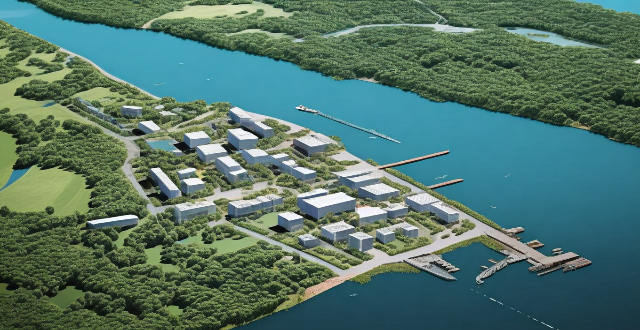Ecological protection areas are vital for preserving biodiversity, mitigating climate change, and conserving soil and water. They also promote sustainable resource use, offer opportunities for ecotourism and environmental education, maintain cultural and spiritual values, provide economic benefits, and foster international cooperation. These protected zones contribute to global conservation efforts and demonstrate leadership in environmental stewardship, making them essential for the survival of species and the wellbeing of human communities reliant on natural resources.

The Benefits of Establishing Ecological Protection Areas
Ecological protection areas are designated regions where the natural environment is safeguarded from human activities that could potentially harm it. These areas are established with the aim of preserving biodiversity, protecting endangered species, and maintaining ecological balance. Here are some of the benefits of establishing ecological protection areas:
1. Biodiversity Conservation
- Prevention of Extinction: By creating protected spaces, we can prevent the extinction of species that would otherwise be threatened by habitat loss or overexploitation.
- Habitat Restoration: Ecological protection areas often include measures for habitat restoration, which helps to revive degraded ecosystems.
2. Climate Change Mitigation
- Carbon Sequestration: Forests and other vegetation in these areas act as carbon sinks, absorbing CO2 from the atmosphere and helping to mitigate climate change.
- Regulation of Natural Systems: Ecosystems within these zones can help regulate local climates through water cycling and other processes.
3. Soil and Water Conservation
- Soil Erosion Prevention: Vegetation cover in protected areas reduces soil erosion and maintains soil quality.
- Watershed Protection: Forests in protected zones contribute to the filtration and regulation of water sources, ensuring clean water downstream.
4. Sustainable Use of Resources
- Sustainable Harvesting: Some ecological protection areas allow for sustainable harvesting of resources like timber and non-timber forest products.
- Ecosystem Services: Protected ecosystems provide services such as pollination, pest control, and nutrient cycling which support agriculture and other sectors.
5. Tourism and Educational Opportunities
- Ecotourism: Many ecological protection areas become sites for ecotourism, which can bring economic benefits while minimizing environmental impact.
- Environmental Education: These areas serve as living laboratories for education about nature, conservation, and science.
6. Cultural and Spiritual Values
- Cultural Preservation: For indigenous communities, ecological protection areas can preserve lands that are culturally and spiritually significant.
- Heritage Conservation: These areas often protect historical sites and traditional ways of living in harmony with nature.
7. Economic Benefits
- Job Creation: Management of ecological protection areas creates jobs for park rangers, researchers, tour guides, and more.
- Infrastructure Development: Investment in ecological protection areas can lead to improved infrastructure like roads and communication systems in remote areas.
8. International Cooperation and Global Recognition
- Biodiversity Hotspots: Protected areas often overlap with global biodiversity hotspots, contributing to international conservation goals.
- Leadership in Environmental Stewardship: Countries demonstrating commitment to ecological protection can take a leadership role in global environmental stewardship.
Overall, ecological protection areas play a crucial role in maintaining the health and integrity of our planet's ecosystems. They are essential for the survival of countless species, the wellbeing of human communities that depend on natural resources, and the provision of ecological services that support all life on Earth.